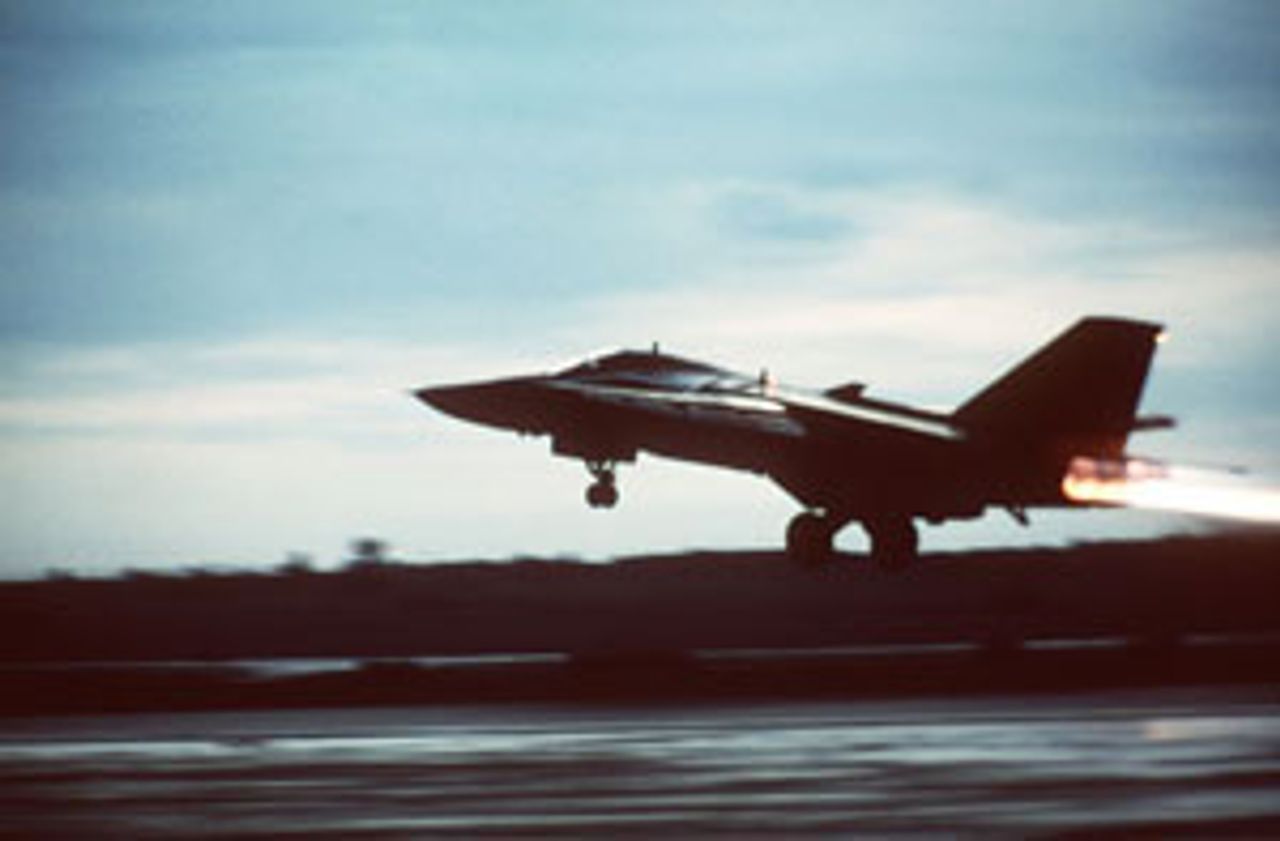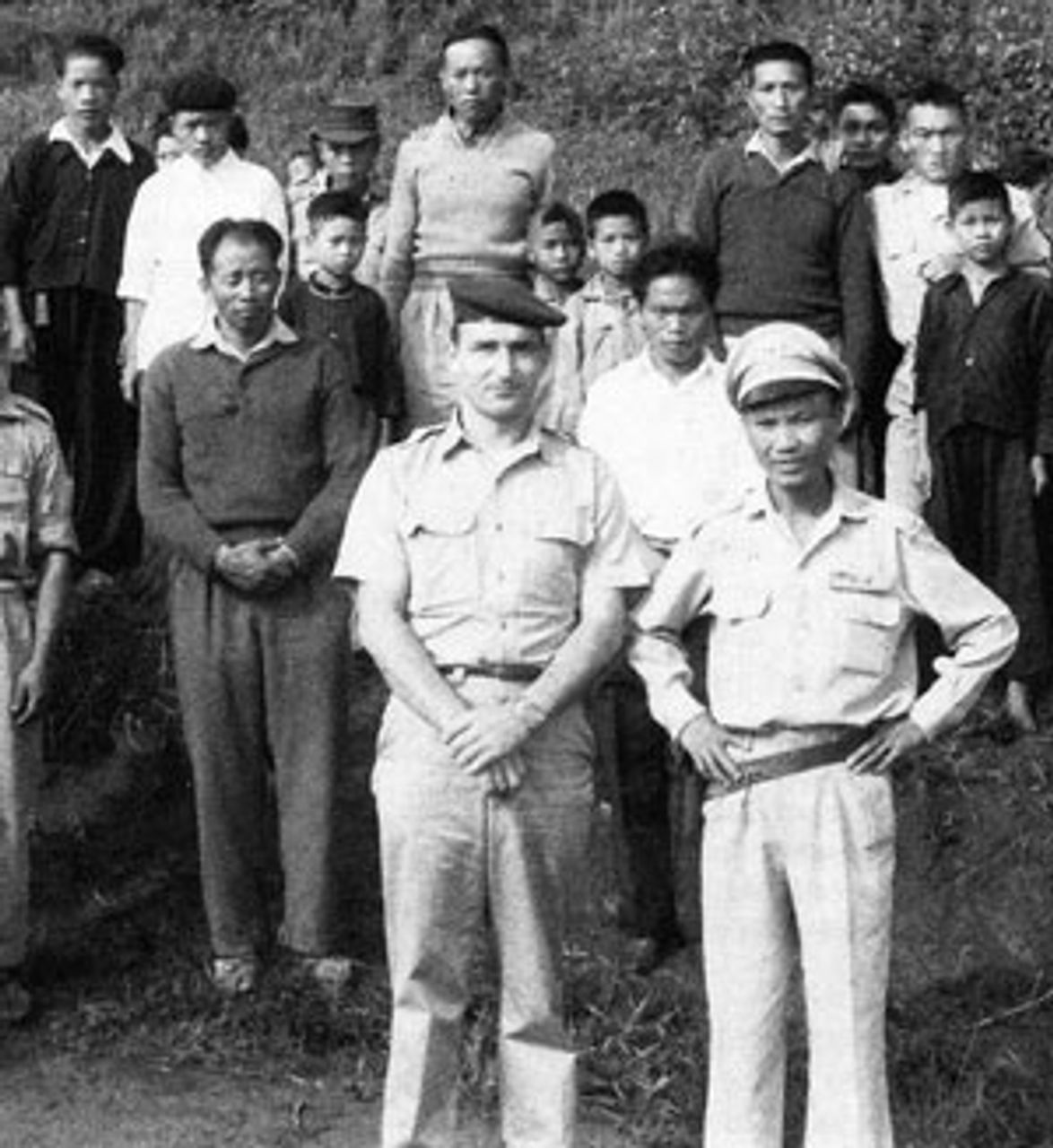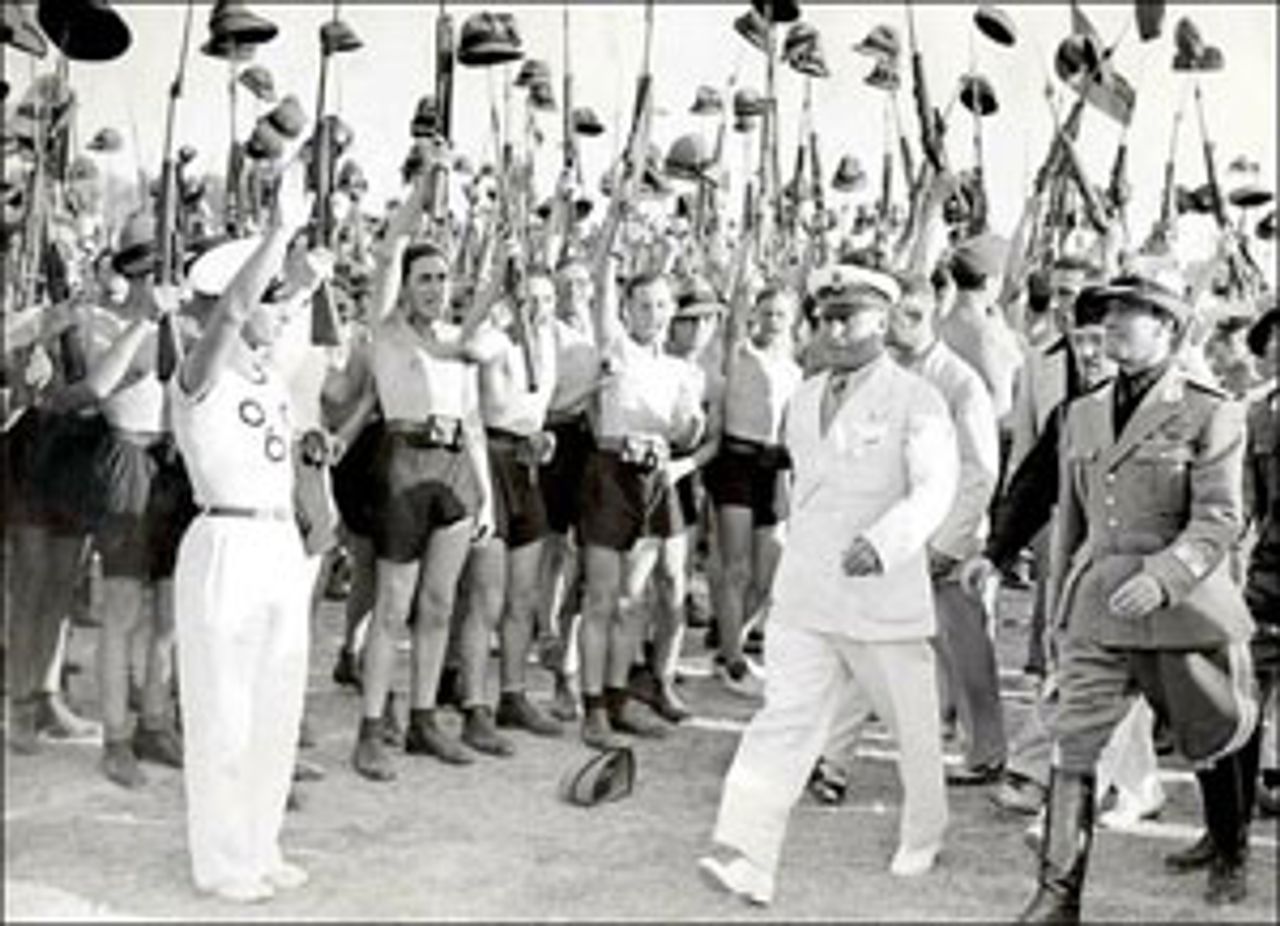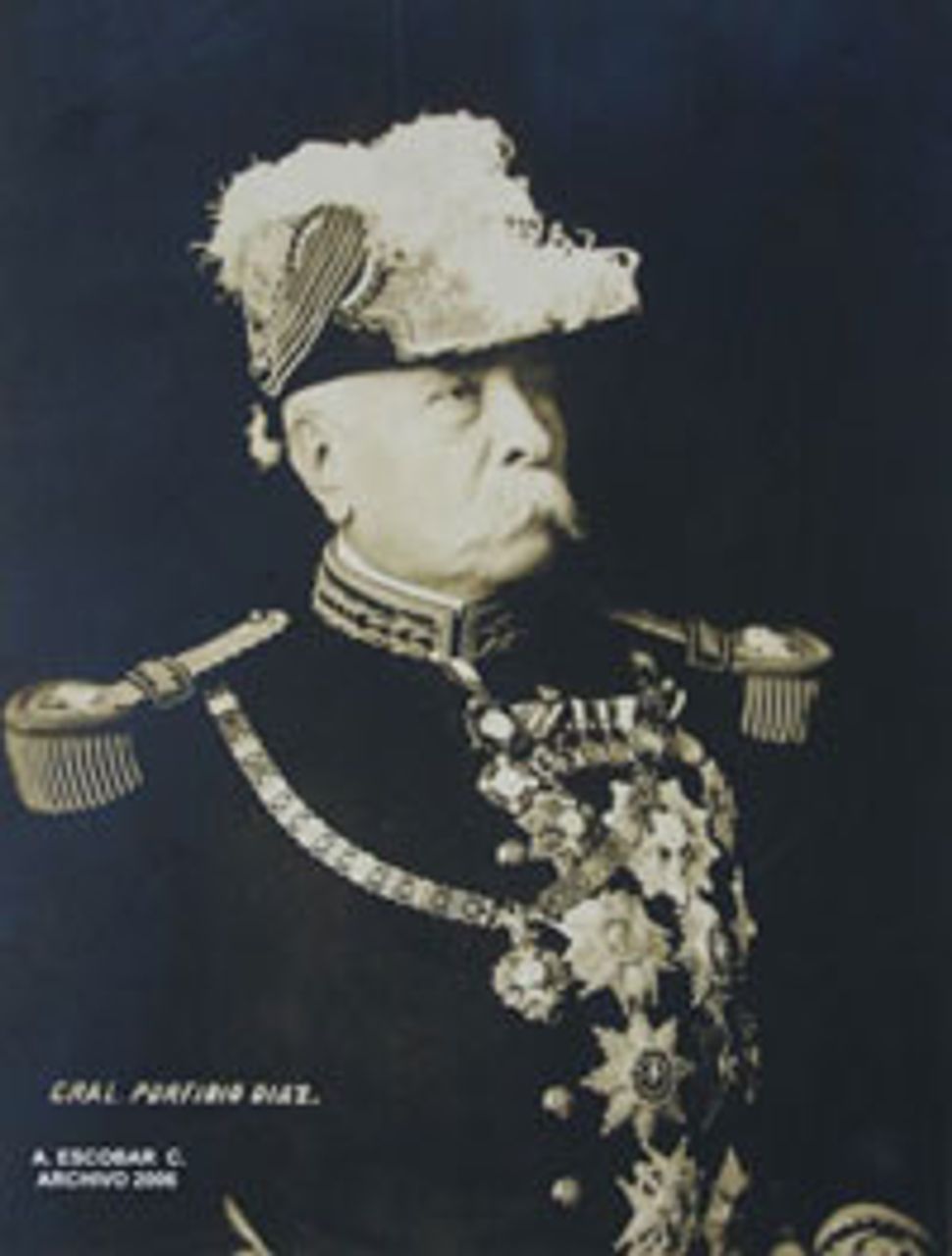This Week in History provides brief synopses of important historical events whose anniversaries fall this week.
25 Years Ago | 50 Years Ago | 75 Years Ago | 100 Years Ago
25 years ago: US appeals to Libyan army to remove Gaddafi
 US jet launches for Libya in 1986
US jet launches for Libya in 1986White House sources admitted that the US had provoked a military exchange with Libya in the Gulf of Sidra the previous week as part of an attempt to provoke the Libyan military to remove Muammar Gaddafi from power, according to a media report published April 2, 1986. Dozens of Libyan sailors were killed in the one-sided operation.
The Reagan administration made no attempt to cover up the criminality of the act, in which it ordered in a naval armada, complete with an aircraft carrier, into a body of water Libya claimed as territorial waters. “It was taken for granted … that Gaddafi would respond with force, and he did,” the New York Times reported. The provocation was “part of an effort,” White House sources told the Times, to “prompt military officers and others in that country to remove Gaddafi as its leader.” An unnamed Congressman called it “a little demonstration” for Gaddafi’s military.
A second plan was afoot to bring Egypt into the war with Libya, the article revealed, a plot the regime of Hosni Mubarak had so far rejected. Officials said the “joint US-Egyptian” military operation would have as its goal either to “oust Col. Gaddafi or weaken him enough that the Libyan military would do the job.” The Times reported that there had been seven coup or assassination attempts on Gaddafi over the previous decade.
The attack on Libya was carried out in the spurious name of fighting terrorism, the first such operation in US history. While Gaddafi supplied some financial and material support to militant Palestinian groups, part of his plan to promote his stature in the Arab world, he denied Libya’s involvement in high-profile attacks. In fact, the Reagan administration’s aim was to reverse the nationalization of the oil industry Gaddafi had undertaken in the 1970s, and reassert US domination in North Africa and the Middle East.
50 years ago: Crisis in Laos
 US airman training Laotian government forces in 1961
US airman training Laotian government forces in 1961The war in Laos between the nationalist Pathet Lao movement and the pro-US right wing government dominated headlines and global diplomacy this week in 1961.
The Pathet Lao, which effectively controlled the eastern region that bordered North Vietnam, had won a series of military victories since it, along with the previous neutralist government, were supplanted from office and banned in a right-wing coup orchestrated by the CIA in 1960. On March 31, 1961 the rebels won a smashing victory over a Laotian army force of some 1,200 at the strategically-located village of Tha Thom, about 90 miles east of the capital, Vientiane.
Laos, a tiny and underdeveloped country, had emerged as the center of conflict in Southeast Asia. With Vietnam and Cambodia, it had until 1954 comprised French Indochina. US foreign policy viewed the region as fundamental to the functioning of the East Asian economy, and was fearful that a victory of the Communists—a primarily peasant-based and nationalist movement—could spread to Thailand, Indonesia, and the Philippines.
The Soviet Union was supplying arms to the Pathet Lao, and North Vietnam was assisting with its military operations, but contrary to allegations from Washington, Moscow was not “promoting communism” in Laos. In fact, political parties allied with the Pathet Lao had comprised the majority of the bourgeois government of Prince Souvanna Phouma prior to his removal in the US-backed coup.
It was Washington that was playing the provocative role, first by engineering the coup against the neutralist Phouma government and then by sending arms and CIA personnel to Laos. The US spy agency’s “Air America” had lost a C-47 transport plane and eight crew members a week earlier, and Washington was preparing to supply 16 helicopters to the right-wing government. On March 28, the US-dominated South East Asian Treaty Organization (SEATO) issued a statement declaring it would “take whatever actions appropriate” if negotiations with the Soviet Union failed.
The fundamental problem confronting the US in a country where more than half the population was “only dimly aware of the existence of their country’s King,” as one observer put it, was that the Pathet Lao’s demands for agrarian reform and nationalizations had a deep resonance in the countryside.
75 years ago: Italian army massacres Ethiopian forces at Battle of Maychew
 Mussolini and fascist youth in 1935
Mussolini and fascist youth in 1935On March 31, 1936, the Italian army crushed an Ethiopian counteroffensive led by the Emperor Haile Selassie. The Battle of Maychew was the last significant battle on the northern front during the Second Italian-Abyssinian War, which had begun in October the previous year when Italy invaded the east African state. The League of Nations left Ethiopia to its fate, the Western powers wishing to preserve relations with the Italian fascist regime of Benito Mussolini as a counterweight to Adolf Hitler’s Nazi Germany.
Marshall Pietro Badoglio, who commanded the Italian forces at Maychew, noted prior to the Ethiopian offensive the one-sided nature of the conflict: “The Emperor has three choices. To attack and be defeated; to wait for our attack, and we will win anyway; or retreat, which is disastrous for an army that lacks the means of transport and proper organisation for food and munitions.”
Heavily outgunned, the Ethiopian forces attacked the Italian positions early in the morning and did not withdraw until the early evening. Wave after wave of Ethiopian troops attacked the well entrenched Italian ramparts to no avail and at the cost of enormous casualties.
During a fraught retreat, what survived of the Ethiopian army was harried at every turn by the Italian air force, which dropped mustard gas, and a local militia aligned with Rome, the Azebu Gala. The remnants of the Ethiopian forces were finished off at Lake Ashangi a couple of days after the battle, when thirsty soldiers died while attempting to drink the lake’s water. The Italians had poisoned it with mustard gas in contravention to the 1925 Geneva protocol.
The barbaric nature of the Battle of Maychew is borne out by the casualty figures; the Italians lost some 400 troops, their Eritrean allies another 900, but the Ethiopians saw approximately 11,000 of their best-trained troops perish. Only four weeks earlier at the Battle of Shire the Ethiopian losses amounted to 10,000 men, while the Italian army lost just 10 soldiers; a killing ratio of 1,000:1.
100 years ago: Madero, Diaz discuss terms of peace in Mexico
 Porfirio Diaz in 1910
Porfirio Diaz in 1910On March 28, 1911, a semi-official statement from the administration of Mexican President Porfirio Diaz indicated that the latter would resign once peace was restored. It was an early indication that Diaz was prepared to make an accommodation with the rival faction of the Mexican elite led by Francisco Madero.
The terms of Madero’s negotiations, revealed by his brother in San Antonio, Texas, exposed the vast chasm that separated the narrow aims of Madero’s “revolution” with the social striving of Mexico’s peasants and workers, who had only just begun to be awakened. In talks with Diaz finance minister Jose Limantour in New York, Madero representatives insisted that Diaz be allowed to retire “gracefully” and “under cover of old age” and that their interlocutor, Limantour, assume the roles of vice president and foreign minister until new elections could be called.
If Madero believed he could call off the chain of events his rejection of Diaz’s rigged election victory the preceding year had set into motion, he was sorely mistaken. It was not clear that Madero had real authority over the insurrectionary forces under arms in the north, much less the rebellion gathering in the south. Whatever the fate of Diaz, the more reactionary elements of Mexican society—the church, the latifundia, and the military—were not prepared to relinquish their power. More ominously, the revolution had also roused American imperialism, which at that point in the developments appeared to tilt toward Madero.
The same day the New York negotiations became public, it was reported that President William Taft had held discussions with the Senate Committee on Foreign Relations, which had informally approved his deployment of a large number of US armed forces to the Mexican border with the understanding that “contingencies might arise which would result in asking Congress for ‘authority to act,’” according to a news report.
